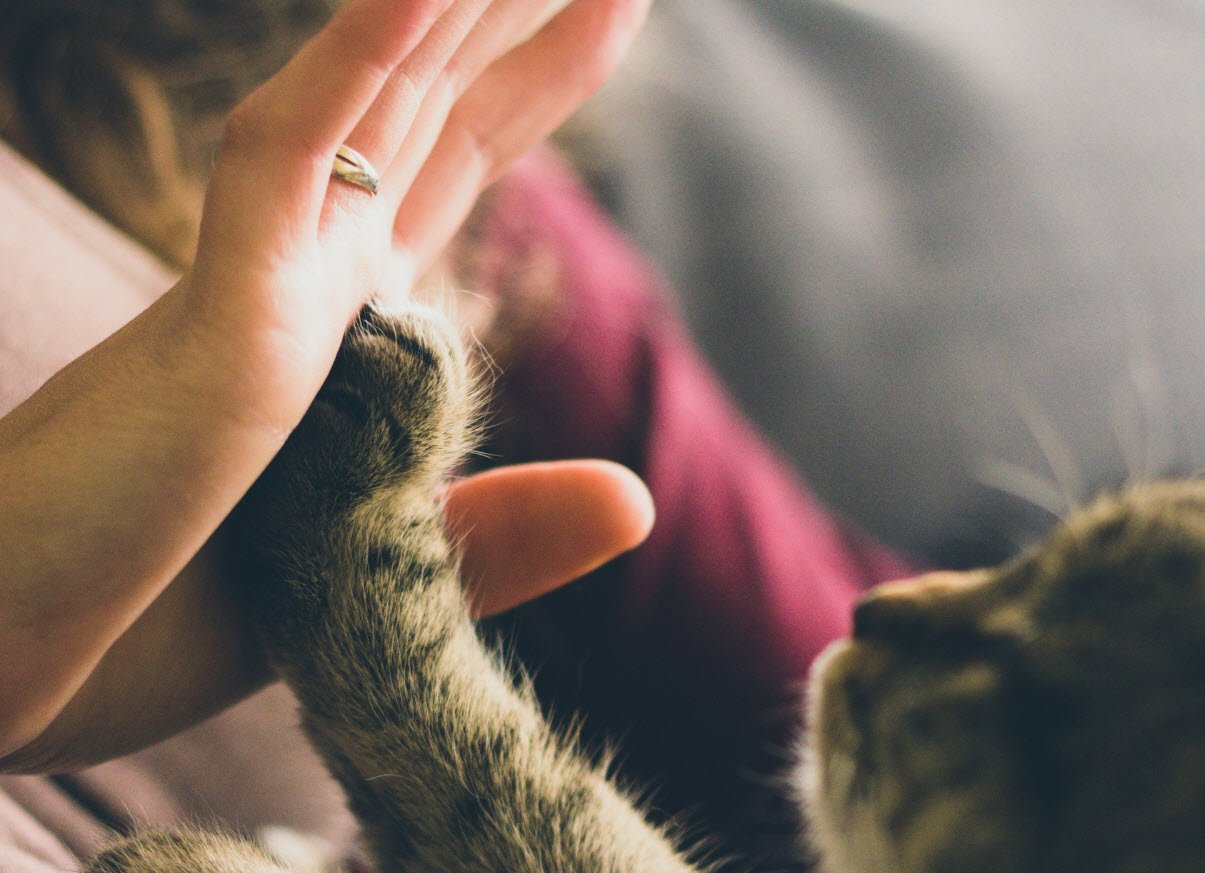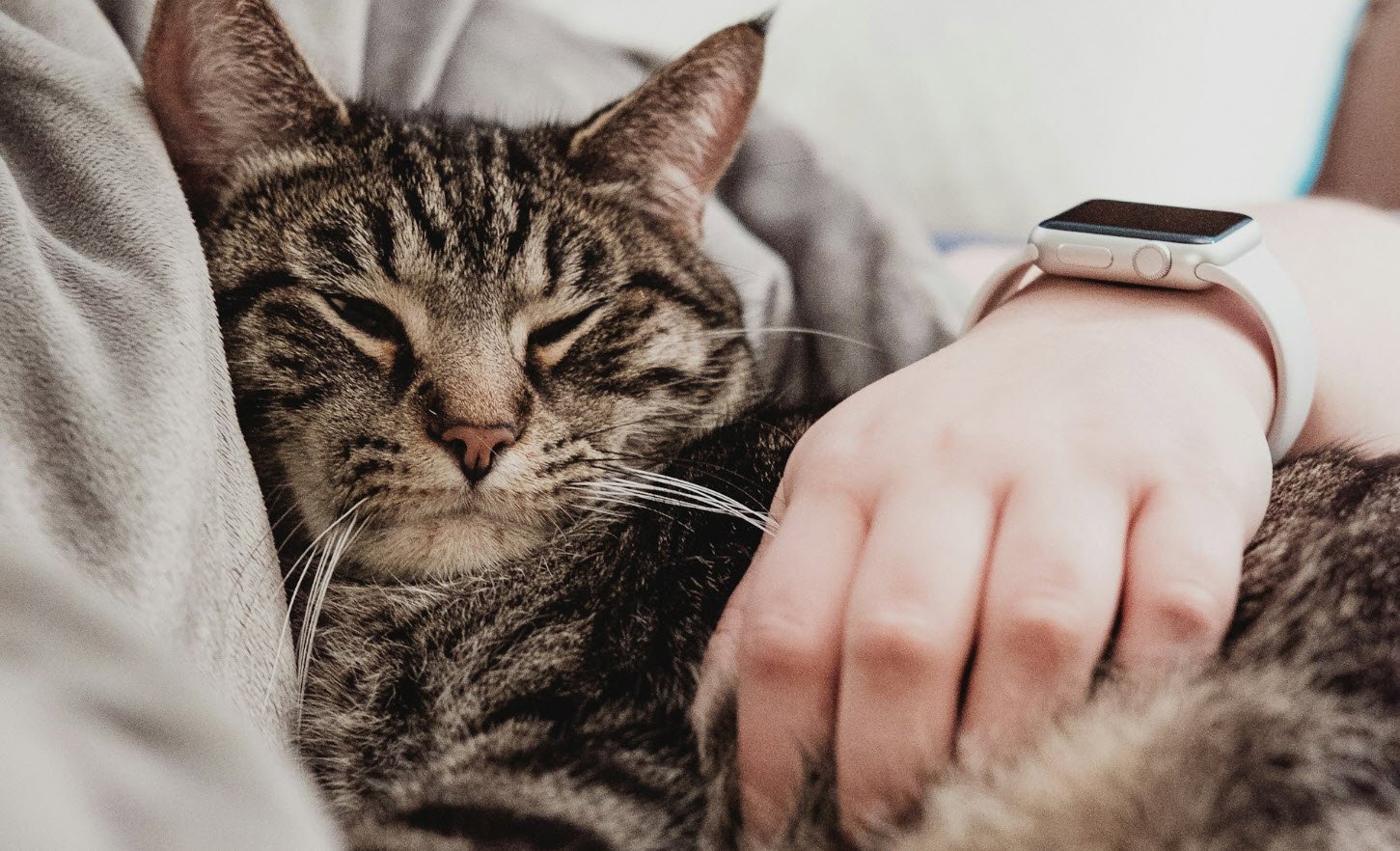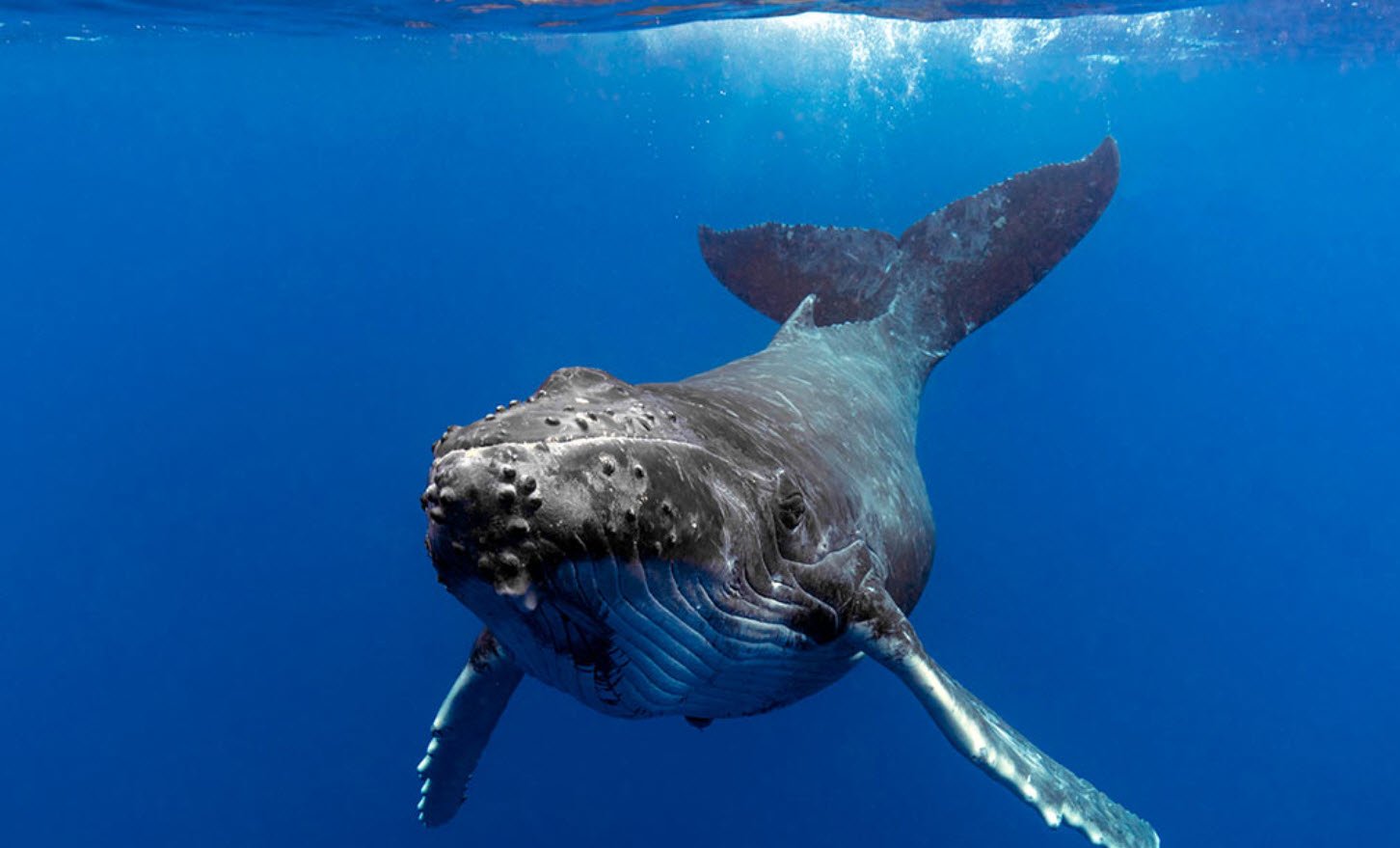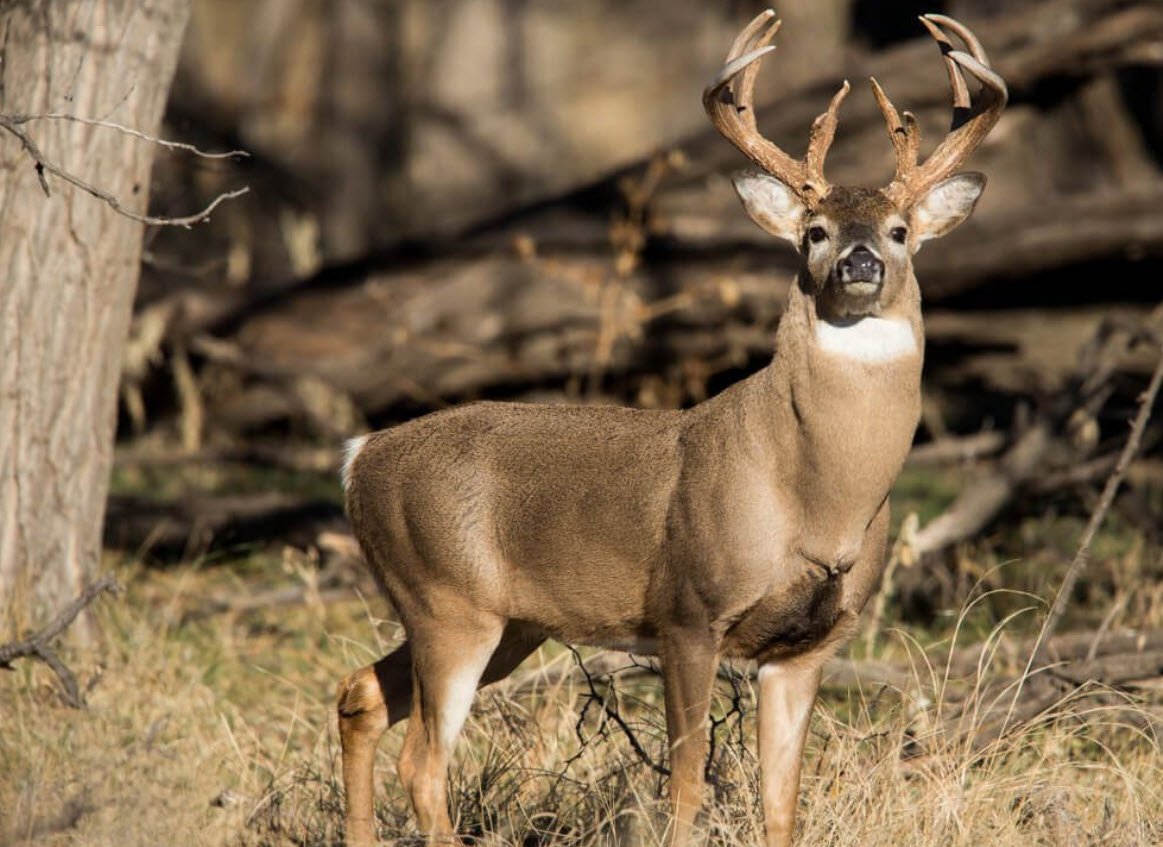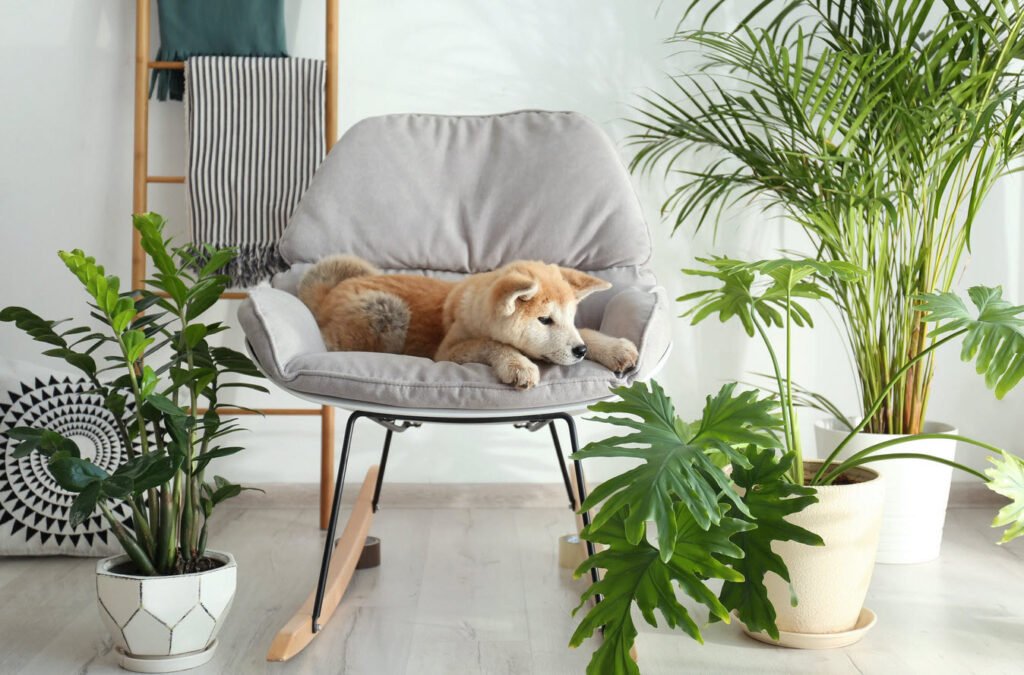
Indoor plants can be a delightful addition to any home, bringing in a touch of nature and enhancing the aesthetics of your living space. However, it’s essential to be mindful of the plants you choose, especially if you have pets. Some indoor plants can be harmful or toxic to cats and dogs, posing a risk to their health if ingested.
Here are 10 poisonous indoor plants that you should keep out of reach of your beloved pets:
- Syngonium (Arrowhead Plant)
- ZZ Plant (Welcome Plant)
- Schefflera (Umbrella Tree)
- Asparagus Fern
- Euphorbia
- Jade Plant
- Bird of Paradise
- Aloe Vera
- Philodendrons and Monstera
- Sansevieria (Snake Plant)
1. Syngonium (Arrowhead Plant)
Syngonium, also known as the Arrowhead Plant, is a popular indoor plant with attractive arrow-shaped leaves. However, it contains calcium oxalate crystals, which can cause irritation, pain, and swelling in the mouth and gastrointestinal tract if consumed by pets.
2. ZZ Plant (Welcome Plant)
The ZZ Plant, also known as the Welcome Plant, is a low-maintenance indoor plant admired for its glossy, dark green leaves. However, its leaves and stems contain a toxic substance that can cause mild to moderate gastrointestinal upset, including vomiting and diarrhea, if ingested by pets.
3. Schefflera (Umbrella Tree)
The Schefflera, commonly known as the Umbrella Tree, is a popular houseplant. However, it contains calcium oxalate crystals and other compounds that can cause oral irritation, drooling, vomiting, and difficulty swallowing in pets.
4. Asparagus Fern
The Asparagus Fern, with its delicate, feathery foliage, can be a beautiful addition to your indoor garden. However, it contains a toxic substance called sapogenin, which can cause abdominal pain, vomiting, diarrhea, and skin irritation in pets.
5. Euphorbia
Euphorbia is a diverse genus of plants, and several of its species are kept as houseplants. However, many Euphorbia species produce a milky, toxic sap that can cause skin irritation, eye irritation, nausea, and vomiting if pets come into contact with it.
6. Jade Plant
The Jade Plant, a succulent with thick, fleshy leaves, is a common indoor plant. While it’s considered mildly toxic to pets, ingestion can still cause gastrointestinal upset, vomiting, and a loss of appetite in cats and dogs.
7. Bird of Paradise
The Bird of Paradise is a stunning tropical plant with large, banana-like leaves and vibrant flowers. Unfortunately, it contains toxic compounds that can cause gastrointestinal issues and discomfort in pets if ingested.
8. Aloe Vera
Aloe Vera, known for its soothing gel, is a popular indoor succulent. However, the gel and latex of Aloe Vera can cause vomiting, diarrhea, and tremors in cats and dogs if ingested in significant amounts.
9. Philodendrons and Monstera
Philodendrons and Monstera plants are attractive vines often found in indoor spaces. However, they contain calcium oxalate crystals and other compounds that can cause oral irritation, drooling, difficulty swallowing, and gastrointestinal upset in pets.
10. Sansevieria (Snake Plant)
Sansevieria, commonly known as the Snake Plant, is a hardy and resilient indoor plant. Though it’s considered mildly toxic, ingestion can lead to gastrointestinal upset and discomfort in pets.
To ensure the safety and well-being of your pets, it’s essential to research any indoor plants you bring into your home. If you suspect your pet has ingested a poisonous plant, contact your veterinarian immediately or seek emergency veterinary care. Prevention and awareness are key to keeping your furry friends safe from potential plant-related hazards.

